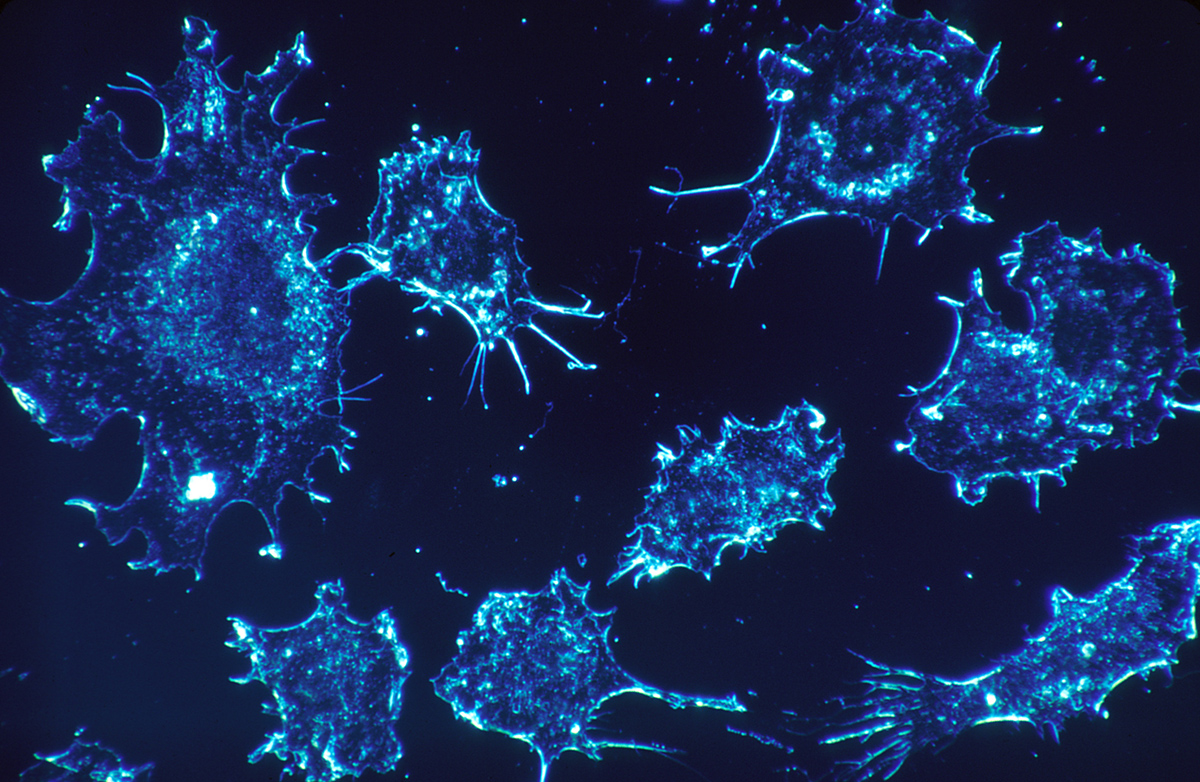
Testicles are male sex glands. They are found in the scrotum, behind the penis. Their main role is generating sperm and testosterone (male hormone). These hormones regulate the progression of the reproductive organs and some other characteristics specific to males.
Now, testicular cancer is a condition in which cells within the testicles turn malignant (cancerous). Depending on the tumor's characteristics, the disease could be classified as seminoma or nonseminoma. These are the main two types of cancer in testicles. Others are extremely rare. The two types mentioned can both be present in a tumor.
Only about one percent of cancer in males is the testicular cancer. Still, this means that 8.000 individuals are diagnosed with it each year. Out of these 8,000, a total of 390 will typically succumb to it. It is most common in 20 to 39 year old males. It is most often found in white males, especially those originating from Scandinavia. The number of cases is growing each year. Even the numbers in black males are starting to grow, for unknown reasons.
More than 95 percent of testicle cancer occurrences can be remedied. The chances are higher if it is spotted earlier.
Most cases are treated through surgical interventions, radiation and chemotherapy. The side effects vary depending on the type and one individual to another.
Surgery is used to extract the testicle in question. This procedure is called a radical inguinal orchiectomy. Although patients usually fear for their sexual aptitude, it is important to know that an individual with only one testicle can still produce sperm and have an erection. So, the removal of one testicle does not make one impotent and it rarely makes one infertile. Also, if the issue is that of aesthetics, there are artificial testicles which can be placed inside the scrotum at any time afterward.
Radiation treatment is used to directly exterminate cancer cells and to shrink tumors. It is local, in that it affects only the area treated and it is mostly used to treat seminomas since nonseminomas tend to be more resistant to radiation rays. The down side is that these rays affect normal cells as well as malignant ones. The consequences are largely dependent on the treatment dosage itself. The most common are fatigue, skin changes at the treated area, loss of appetite, nausea, and diarrhea. It can cause temporary infertility and even a permanent one, although the latter is quite rare.
Chemotherapy involves the use of drugs. Their goal is also to destroy cancerous cells. They are mostly used as a post-operative tool, exterminating any malignant cells that are left. Chemotherapy also affects normal cells. When given, it travels through the bloodstream, throughout the organism. Side effects to this treatment can be nausea, hair loss, fatigue, diarrhea, fever, chills, and coughing. As with the radiation treatment, it causes infertility which in most cases proves to be only temporary.
High doses of these drugs can cause damage to the bone marrow, which affects the production of blood cells. In this case, a bone marrow transplant may be needed.


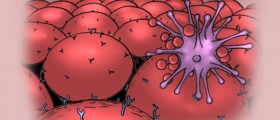



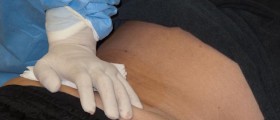
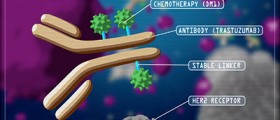


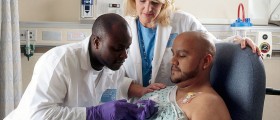


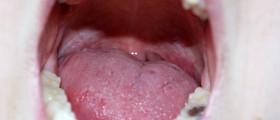


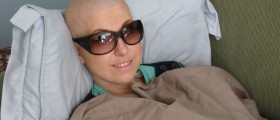
Your thoughts on this
Loading...